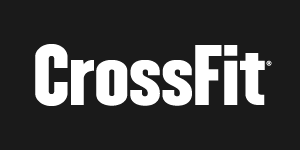|
Last Wednesday I explored how to make your protein shake into a super shake. This week I explore how to EAT more protein and how to track it. During our Summer Check-in, all of you had your lean body mass and body fat percentage calculated. Eating your lean body mass in grams of protein is an excellent way to ensure you have enough protein to repair and build your muscles and to control your weight. Protein is one of three macronutrients, the other 2 are carbohydrates and fat. Protein is the building blocks of muscle, carbohydrates fuel our activities and fat is vital for brain functions, energy storage and it protects our internal organs. All three macronutrients contain calories which our bodies use to fuel our metabolism and activities. Counting macros means to consume a precise amount of each macronutrient according to your macro plan. Through counting macros, calories are controlled for weight loss or weight gain. (There are 4 calories per 1 gram of protein and 1 gram carbohydrate and 9 calories per 1 gram of fat.) CrossFit, unlike other types of exercise, is a strength and conditioning program which means you'll develop muscle mass in addition to cardiovascular endurance and stamina. Developing stamina and strength requires a higher amount of protein than just developing cardiovascular endurance alone. A good guideline for CrossFitters is to consume protein in grams equal to your lean body mass. This is why I measure your body fat when you join and every time you have a check-in with me. If you've done a check-in with me you can find you lean body mass in your weigh-in history on BTWB. Your lean body mass is the weight of your muscles and bones excluding the weight of your body fat. For example, if you weigh 200 lbs and have 20% body fat you have 160 lbs lean body mass. Based on these measurements a CrossFitter might aim for 160g of protein every day. For most of us, eating our lean body mass in grams of protein is a challenge, which is why you see so many of us supplement with whey and casein protein or collagen peptides. Drinking a protein shake or eating a protein bar is an easy way to reach your protein goals. Whey protein is easily digestible by almost everyone. Most whey protein supplements provide 20-40g of protein per serving and the recommendation is to consume post-workout. Casein is a slower digesting protein which is why it's commonly consumed in the evening. Collagen peptides can be consumed anytime. I supplement with all 3 types of protein since my protein goal is higher than I can consume by meat and eggs alone. I put 2 scoops of collagen peptides in my coffee every morning for 20g of protein. The collagen peptides I use are unflavored and don't affect the flavor of my coffee. Within one hour post-workout I drink a whey protein shake which provides another 20g of protein. After dinner I eat a delicious casein protein pudding which provides another 20 g of protein. If I'm low on protein for the day I make the casein pudding with Darigold Fit Milk or Core Power. When calculating the amount of protein in your food, you'll need to measure or be pretty good at estimating the quantity you're eating. Here's where it gets confusing, the weight your food in grams it DOES NOT equal the grams of protein in that food. Weight in grams is a measure of the mass of your food, whereas the amount of protein in grams of food is a measure of that macronutrient only. Weight in grams does not equal grams of protein. Let's look at two common examples. Tuna fish is a delicious source of lean protein. The convenience of eating tuna is that is comes in a package that tells you exactly how much protein you get with each serving. According to this nutrition label the serving size is 56g and the protein amount is 11g. There are 2 servings per container, so if you eat the entire package you get 22g of protein. Foods that don't come in packages with nutrition labels require a bit more sleuthing, and everything you need to know can be found online. The resources I like best are https://nutritiondata.self.com/ or My Fitness Pal or the Macros feature of BTWB. Let's say you eat skinless boneless chicken breast for lunch. One cup of diced chicken, or 140g of diced chicken, provides 43.4g of protein. Let's add this up with our 3 types of protein supplementation and see where we end up. Collagen peptides: 20g Post-workout whey: 20g 1 cup diced chicken: 43.4g Casein pudding: 20g TOTAL Protein: 103.4g To make the goal of 160g of protein we need to eat about 60g between breakfast and dinner. If you eat 2 scrambled eggs for breakfast you get 12g of protein (1 egg has about 6g of protein). Now you'll need to eat 48g of protein for dinner. Grilled pork chops are on the menu? Fantastic, you'll get about 52g of protein in one (180g) chop. As you can see, it's difficult to eat enough protein to meet your needs as a bad-ass CrossFitter, that's why protein supplementation is important. Once you start eating protein equal to your lean body mass you'll find that you're better recovered from each workout. You'll find yourself getting stronger and leaner. If you want a more customized nutrition plan, book a consult with Coach Audy.
0 Comments
Leave a Reply. |
Special EventsRecord your WOD on Beyond the Whiteboard.
Do you need CrossFit or yoga gear? Click on the links below to buy through our GORUCK, Reebok, Rogue or Affiliate share sale programs. These are affiliate links and our gym will be compensated if you make a purchase after clicking on these links.
Check out our Flickr page!
Categories
All
Archives
March 2024
|
True Spirit CrossFit
|
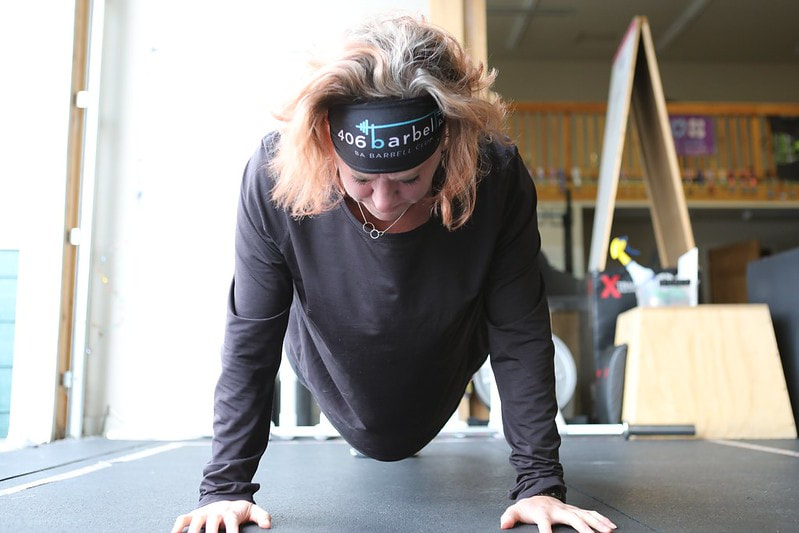
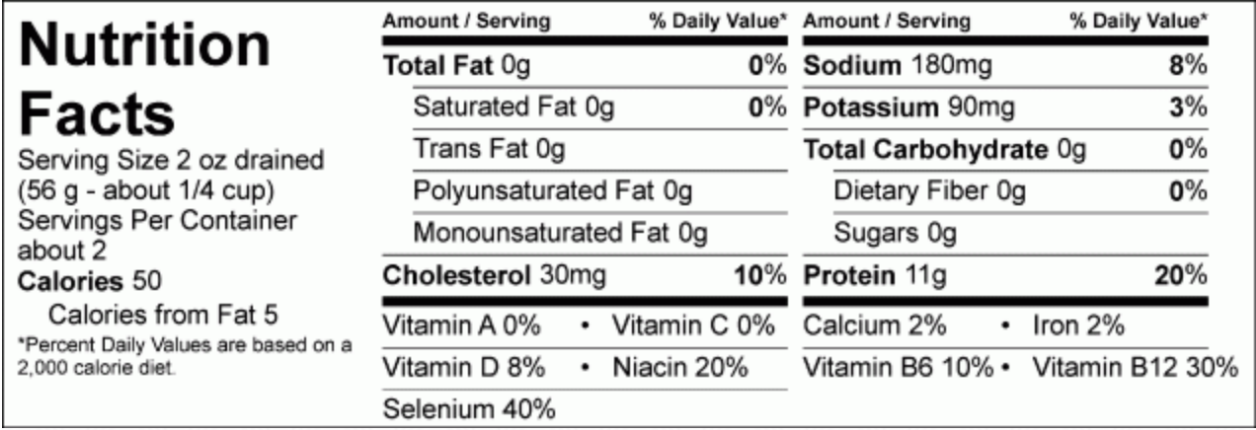
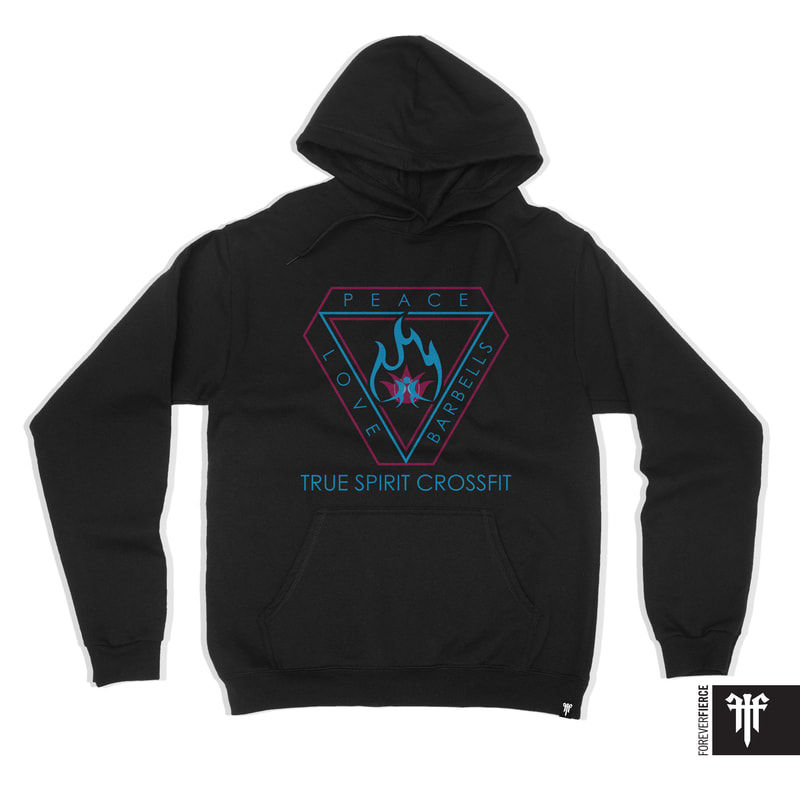
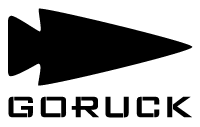


 RSS Feed
RSS Feed
